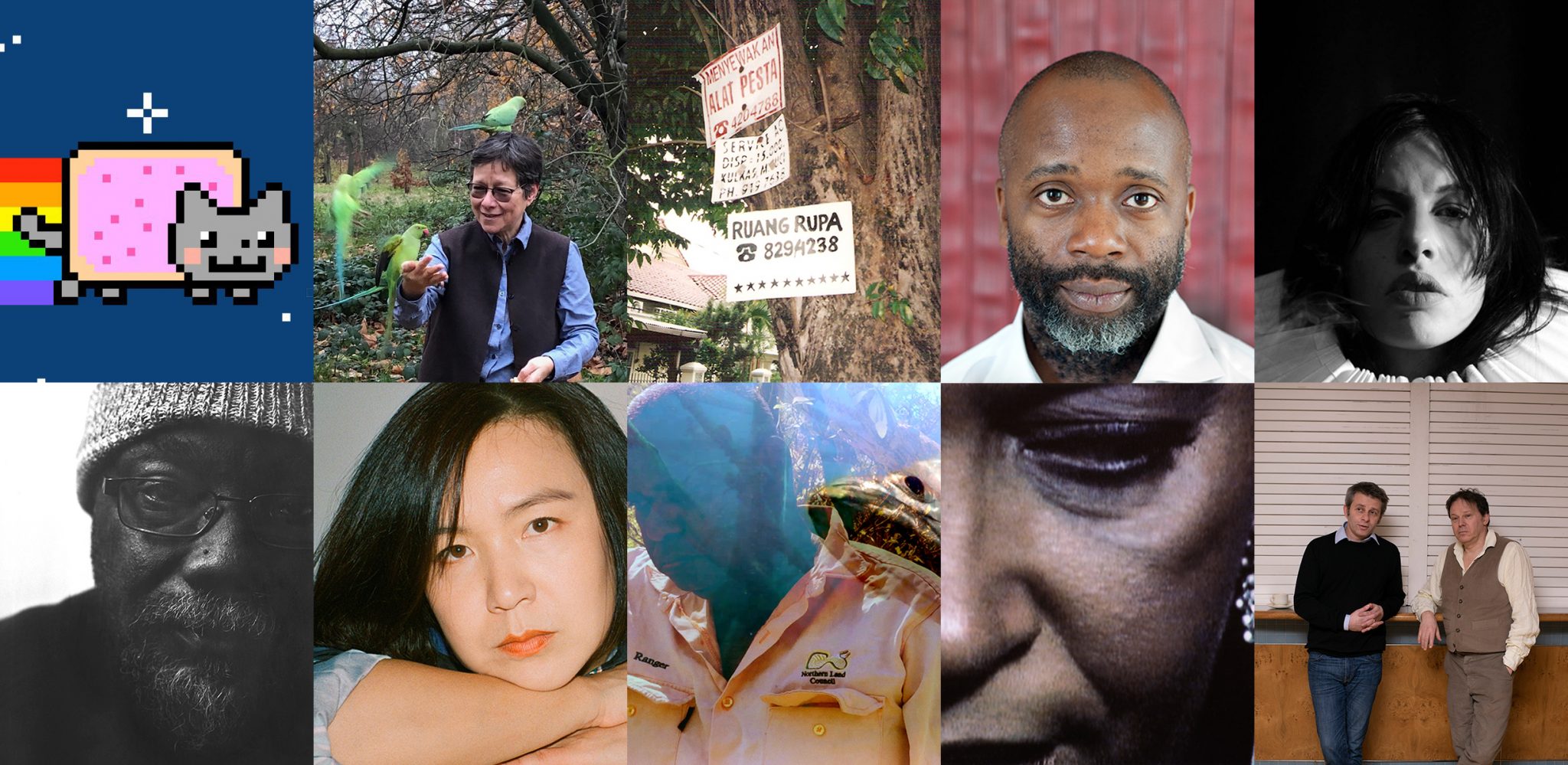This year’s list reflects how NFTs have upended the art market, bringing contemporary art and millennial meme culture crashing together
ERC-721, the specification for the ‘nonfungible token’ on the Ethereum blockchain, is at number 1 as the annual ranking of the contemporary artworld’s most influential players enters its 20th year.
See the full list online and in the December issue of ArtReview.
NFTs (and with them cryptocurrency and all that comes with it) have upended the art market, bringing contemporary art and millennial meme culture crashing together. With staggering prices achieved for works by Beeple and others in the last year, the art market has discovered a new generation of collectors, while artists around the world have discovered a way to market their art that bypasses the old art-dealer system. Whether it’s a new way of doing things or the emperor’s new clothes remains to be seen, but artists, gallerists and museums around the world have been moving over the past year to catch up with the action.
The Power 100 has long been viewed as a way of measuring how a change or development in one part of the artworld ecosystem affects the others. The study of which, in the world at large as opposed to in the artworld specifically, has been pioneered by anthropologist Anna L. Tsing, who follows at number 2. At number 3 is ruangrupa, the Indonesian collective who are organising the five-yearly Documenta exhibition in Kassel, Germany, under the concept of lumbung, a method for comradely sharing, further proving individual agency might be a thing of the past. American artist Theaster Gates is number 4, followed by German Anne Imhof at number 5.
The list is shaped through the input of over 30 panellists and collaborators spread around the world. Each uses three criteria to evaluate who is shaping the development of contemporary art in their locality: that the people in question have been active over the past 12 months; that whatever it is that they do is shaping the kind of art currently being produced; and that their impact can be considered global rather than purely local.
The Power 100 reflects the artworld’s inherent contradictions. While NFTs and cryptocurrencies have been criticised for their environmental impact, in 2021 artists, curators, galleries and thinkers alike have been reflecting on man-made climate change, voracious capitalism and the world’s damaged ecology. Among these are Indigenous Australian collective Karrabing Film Collective (8), curator Lucia Pietroiusti (13), artist Olafur Eliasson (15) and Mixe linguist and activist Yásnaya Elena Aguilar Gil (86).
The new list, because it responds to the developments of the past 12 months, continues to reflect issues of circulation and velocity, with some parts of the world or sections of the artworld infrastructure opening up from the pandemic faster than others. As museums and galleries have begun to recover, the manifold injustices and related issues raised by Black Lives Matter, for example, have become less a matter of theory (when it comes to the artworld) and more one of practice. At number 9 is Carrie Mae Weems, whose photographs and installations address Black female subjectivity, while Kara Walker, whose work also tackles issues of race, gender and violence, is placed at 11. Zanele Muholi’s (54) photographs have been critically acclaimed for their exploration of African queer identity. Ebony L. Haynes (35) and Antwaun Sargent (68), both curators entering the gallery system, are pioneering structural change in the commercial artworld.
Museums have been judged less flexible when it comes to addressing art’s current concerns, due to the bureaucracy and infrastructures they embody, and remain more reactive than agenda-setting in terms of their output. Reflecting this are Achille Mbembe (14), Felwine Sarr & Bénédicte Savoy (16) and Koyo Kouoh (38), who have led the calls for the restitution of looted objects and a reset of the artworld’s relationship with Africa. New to the list are Ghanaian artists Ibrahim Mahama (63) and Amoako Boafo (77), recognised not just for their art but for their work creating facilities and opportunities for their peers on the continent. Joining them is French-Algerian artist-turned-curator Kader Attia (69) and Azu Nwagbogu (92), founder of African Artists’ Foundation and director of LagosPhoto Festival.
While men are in the minority on this year’s list, they (or their digits) permeate the December issue and provide its cover image (subscribe here), as part of a version of Berlin-based Pakistani artist Bani Abidi’s artwork The Reassuring Hand Gestures of Big Men, Small Men, All Men (2021), which she has adapted to the magazine format for this issue. In the December issue: alongside the Power 100, Ai Weiwei (39) talks about a life of troublemaking; Anna Tsing (2) describes how seeing the world without barriers between human and nonhuman might allow us to recuperate our damaged planet; philosopher Byung-Chul Han (55) thinks about how we might respond to a world of digital alienation; and Eyal Weizman of Forensic Architecture (19) discusses how his new vision of ‘aesthetics’ can be deployed in the name of justice.
ArtReview’s Power 100 – the annual ranking of the most influential people in art – is out now
